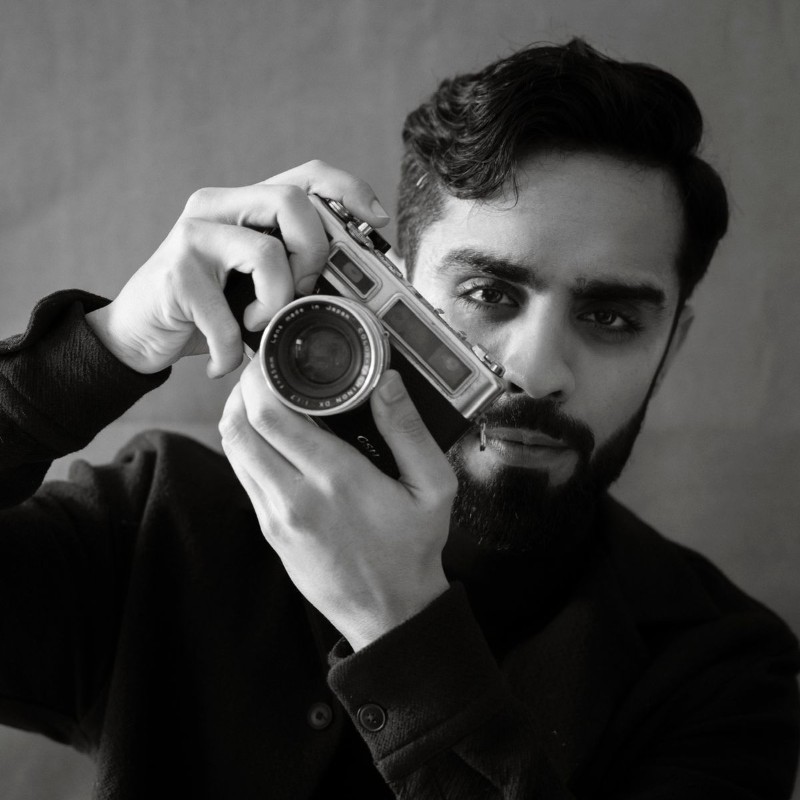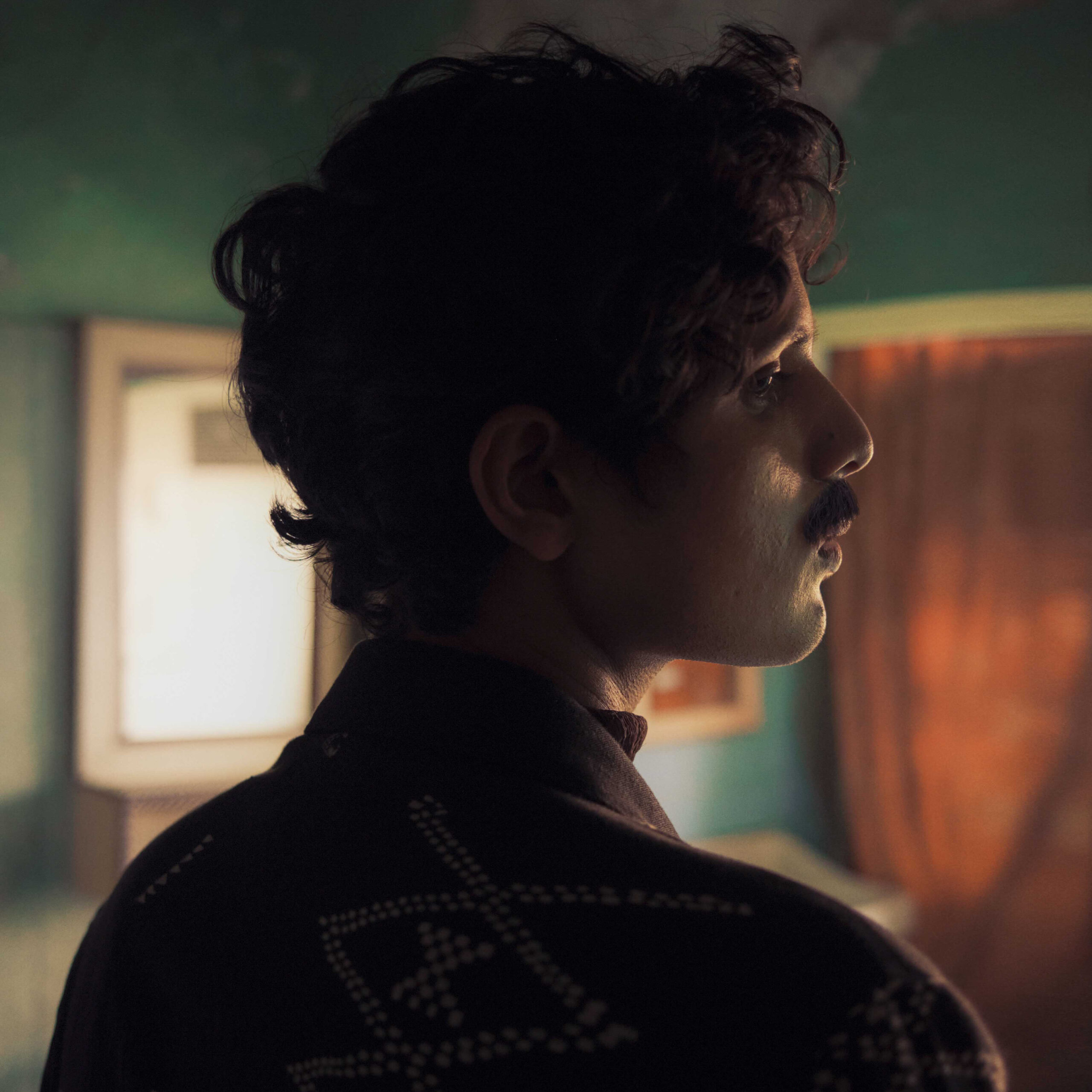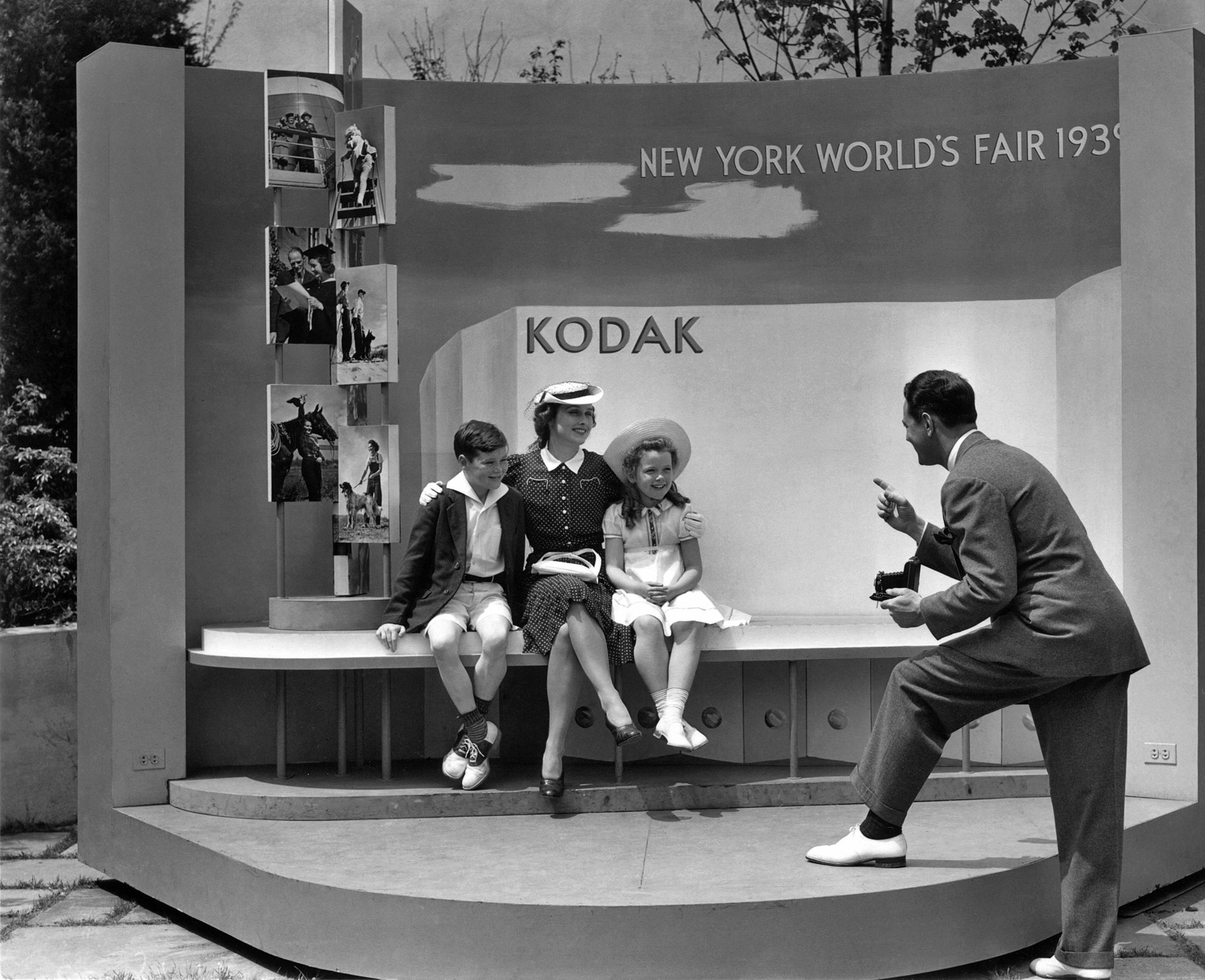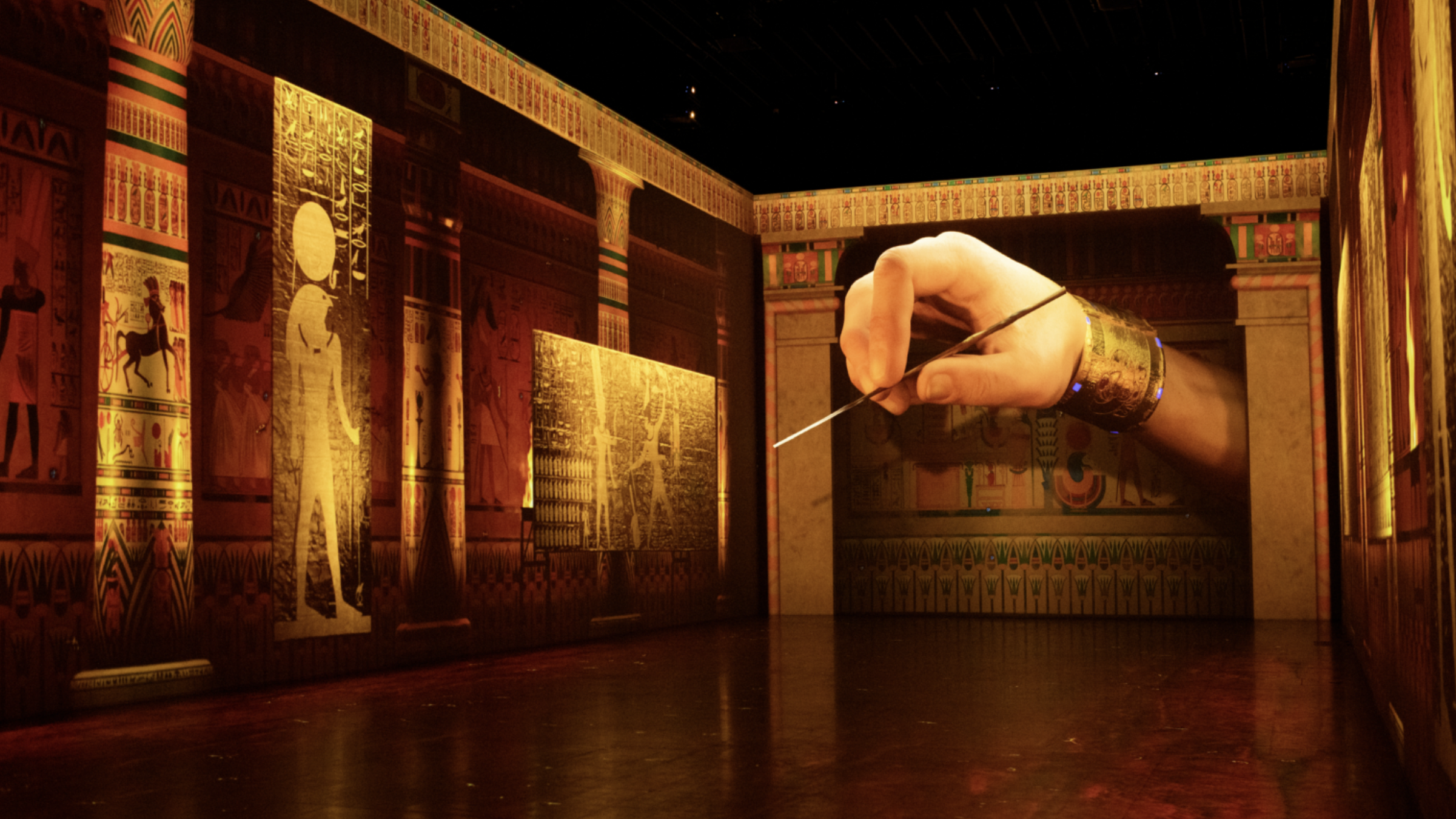Vansh Virmani, a visual artist, storyteller, and photographer, began his journey by embarking on a diploma course in documentary photography at the Sri Aurobindo Centre for Arts and Communication. This year-long exploration became a transformative juncture, unravelling the intricacies of documentary photography and laying the foundation for his future. “The exposure to exhibitions, diverse artists, and the multifaceted aspects of the craft—curation, editing, writing, and even public speaking—expanded my comprehension and self-assurance,” says Virmani.
Subsequently, Virmani pursued a degree in Journalism and Communication at a reputed university, armed with a year of specialised photography education. “This unique background set me apart in a sea of journalism students, many of whom had taken gap years or switched from engineering. My educational journey became a fusion of conventional subjects and my entrenched knowledge of photography. Whether delving into research on biochemicals or presenting on groundbreaking photographers, I seamlessly integrated my passion into various domains of academia,” says Vansh, drawing on his memories from his university years.
(L-R) Vansh Virmani; Photograph from ‘Lost Love’
Vansh Virmani stands as a distinct artist, weaving a narrative that blends personal expression with commercial obligations. For Virmani, every project, whether a cherished personal endeavour or a commissioned work for a brand, holds a unique significance, similar to nurturing an offspring. When delving into personal projects, he embraces the freedom to infuse his distinctive voice, guiding the execution and presentation in a manner that resonates with his artistic essence.
However, the transition to commercial ventures introduces a delicate dance between personal style and brand requirements.. Through Virmani’s nuanced approach, a successful commercial project should not only align with his visual preferences but also fulfil the strategic needs of the brand, ensuring mutual benefit. Addressing the perennial question of developing a personal style, Virmani remains elusive about a concrete formula. Candidly admitting to having no clear answer, he attributes the organic evolution of his style to being true to himself. He captures moments as they unfold, relying on instinct rather than a predetermined visual concept.
Photograph from ‘People of Bandra’
Virmani reflects upon the genesis of a profound photographic project, titled “What She Sees” that found its roots during his pursuit of documentary photography at his institute. The assignment tasked him with capturing a day in the life of a stranger, an endeavour that initially eluded precise understanding. In a stroke of serendipity, this early misinterpretation unfolded as a blessing, setting the stage for a trajectory that would eventually shape Virmani’s creative pursuits.
At the core of this photographic journey is his profound connection with his muse, affectionately known as “Maasi.” With Maasi living just 10 minutes away, has made her a constant, nurturing presence shaping Virmani’s worldview. Originating from childhood, his project roots in Maasi’s revelation about impending vision loss, prompting him to attentively capture her essence—a reflection of his own evolving perception. Virmani’s envisioned book goes beyond images, aiming for a multi-sensory experience, with proceeds destined for the Blind Foundation. In this unconventional quest, he explores incorporating smells, textures, and sounds to make the narrative inclusive for those with visual impairments—an ambitious yet noble endeavour challenging traditional photo book boundaries.
As the conversation unfolds, Virmani’s dedication to preserving Maasi’s story becomes evident. His project, born from a desire to reciprocate the strength she bestowed upon him, evolves into a testament to the power of visual storytelling. In Virmani’s eyes, the act of seeing transcends mere observation; it becomes a celebration of life’s intricacies, a sentiment he hopes to share with a wider audience through his forthcoming book.
Photograph from ‘Maasi’
In contemplating the essence of photography, the question of its tangible nature emerges as a captivating exploration. As Vansh begins to answer, his mind drifts back to our earlier conversation, where he shared with me the profound connection he feels to photography, particularly during family vacations. “The act of freezing a moment in time through a lens holds a special place in my heart,” says Vansh. The resulting photo albums, encased in protective plastic wrapping, stand as tangible testaments to our shared memories, awaiting the nostalgic flip-through.
He captures memories in a tangible way that not only allows viewers to see but also touch and feel them. By framing his visual narratives on a wall, Virmani turns them into pieces of art that invite contemplation. In a world where digital content is often fleeting, Virmani’s work serves as a reminder of the lasting power of tangible photography. It transcends the ephemeral and takes on a quasi-human quality, allowing us to relive cherished moments for years to come.
Words by Esha Aphale.
Image courtesy Vansh Virmani.









Loved it